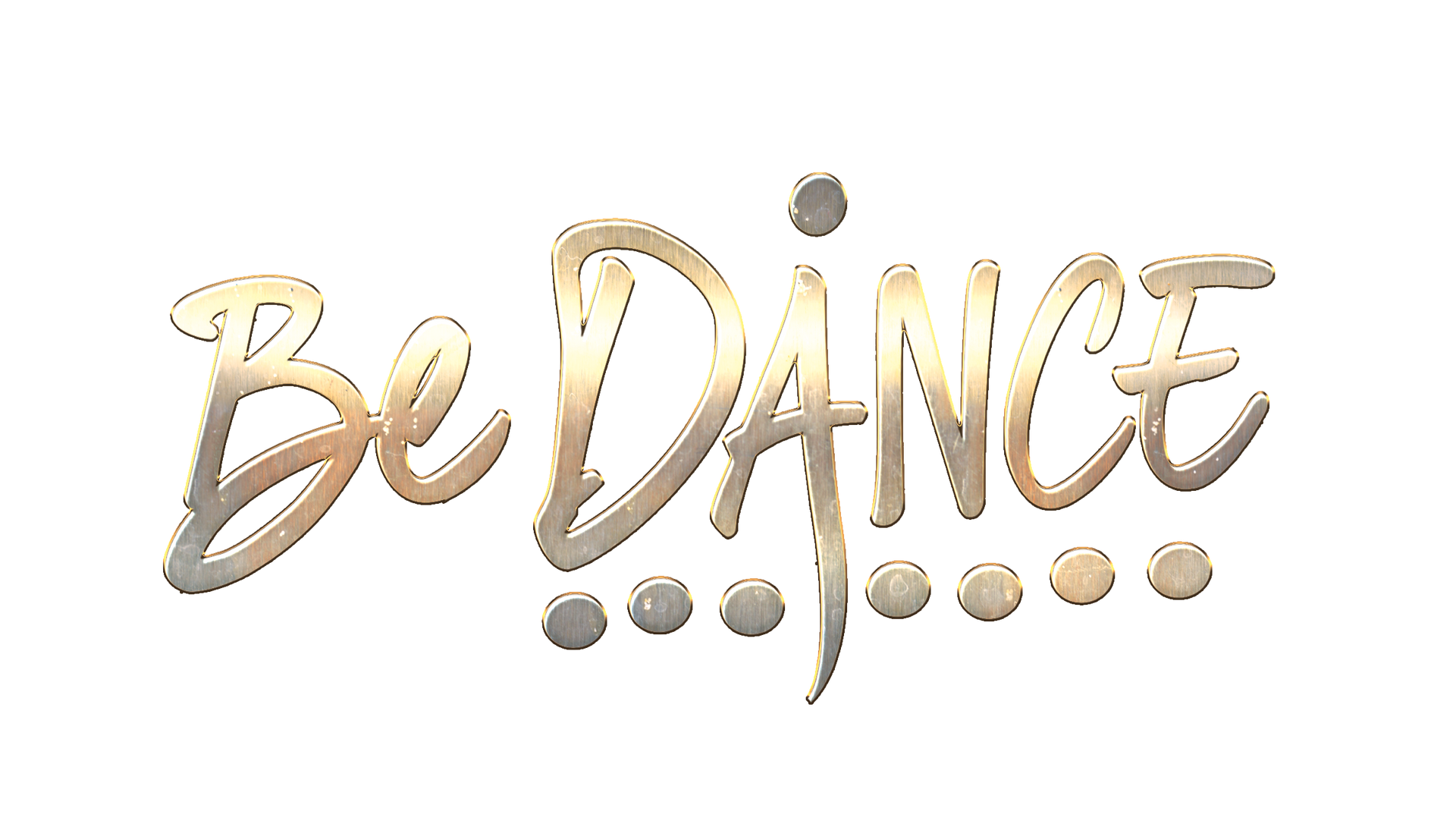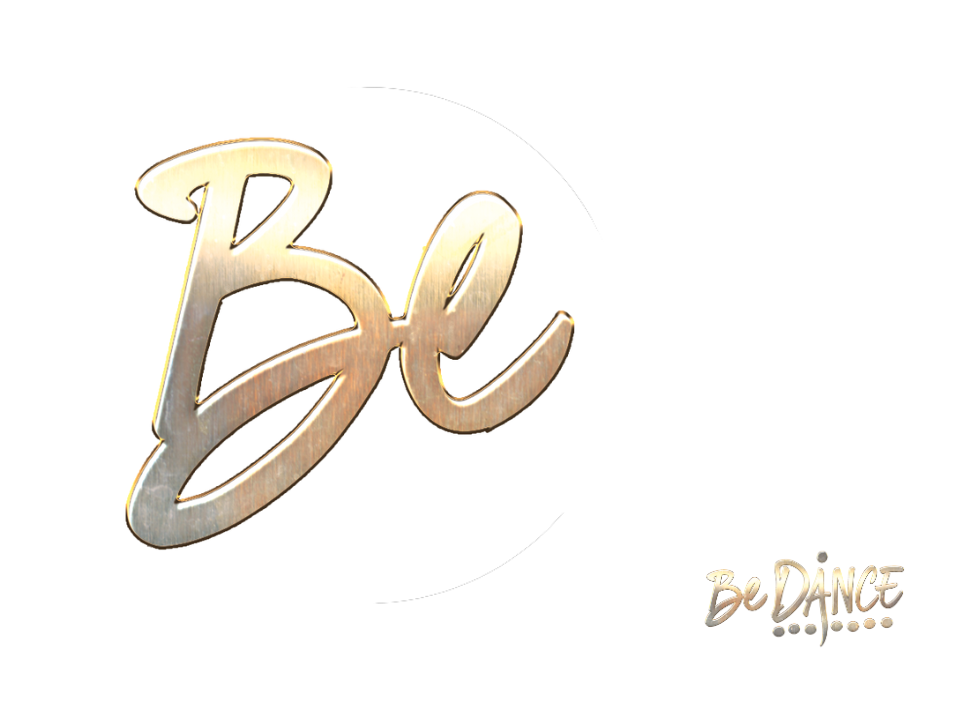Eligibility & Categories
SIZES:
Solo: 1 dancer
Duet/trio: 2 or 3 dancer
Small Group: 4-9 dancer
Large Group: 10-15 dancer
Line/Ext. Line: 16+dancer
AGE DETERMINATIONS:
Solos as of Dec 31st
Duets, trios, small groups, lines, ext. lines, production – average age of competitors as of Dec.31st
(after dividing all ages by the number of dancers, drop the decimal).
*Studio Directors must be able to show an electronic copy of all the birth certificates on hand the day of the competition.
AGE DIVISIONS:
The following age divisions apply to all categories and group sizes: 5 & Under, 6, 7, 8, 9, 10, 11, 12, 13, 14, 15, 16, 17+(any dancer 20 years of age or older falls into the adult category).
MINI: 9YRS AND UNDER. JUNIOR: 10-12YRS.
INTER: 13-14YRS. SENIOR 15 YRS +
*All production entries will compete in the same age division.
ELIGIBILITY:
Competitive: Dancers who train more than 5 hours per week
Part Time Competitive: Dancers who train 6 hours or less per week in the regular dance season from Sept. – end of June. (100% of the duet/trio or group must be Part Time Competitive). We ask the studio director to reference the rules when entering dancers into this division. As the Part Time Competitive Division continues to grow we are counting on YOU to self govern when submitting entries.
Novice: Dancers who are in their first year of competitive dance.
Novice Group: 75% of the dancers in a group must be in their first year of competitive dance
Novice solo/duet/trio: 100% of the dancers must be in their first year of competitive solo performance, therefore they could have done a duet or trio in previous seasons. A duet or trio performance requires 100% of the dancers to be in their first season of that duet or trio performance (they can not have had a solo in previous seasons).
DISIPLINES:
JAZZ – combines jazz style and technique (may contain up to 3 acro tricks)
TAP – a routine composed of tap technique and tap rhythms (often performed in tap shoes)
DEMI-POINTE – a highly technical formalized dance, using graceful flowing precise movements
DEMI-CHARACTER – Ballet dance that includes mime, acting and is set to music
POINTE – A routine done in pointe shoes while performing steps from ballet
PAS DE DEUX/TROIS – A pointe ballet duet or trio where male and female ballet dancers partner one another.
CONTEMPORARY – A dynamic collaboration of both modern dance and classical ballet technique. It may also integrate jazz and/or lyrical dance, encouraging artistic exploration that may or may not be abstract. This form of expressive dance blends structured alignment and classical positioning of ballet with the free forming, unstructured nature found in modern dance.
MODERN – Is a genre of dance derived from pioneer Isadora Duncan. It is represented through the technique of Martha Graham, Lester Horton, Jose Limon and/or Merce Cunningham. Modern dance is an experimentation of free form movement and self interpretation. This genre demonstrates a clear use of gravity, bodyweight transferring, torso dynamics, breath and unstructured positioning to enhance abstract expression. A strong understanding in modern dance technique is displayed through grounding elements of breath, contraction and release, fall and recover, spiralling, non classical posturing and improvisation.
HIP HOP – Mainly street style, often done to hip hop music. I.e. Breaking, popping, locking, krumping, stepping, etc
MUSICAL THEATRE – Can incorporate tap, jazz, theatrical (Broadway), ballroom (Standard and Latin), and even hip-hop. It can be characterized as a Jazz dance, adapted to the needs of the theatre. A typical example of the style of Broadway Dance is for example musicals “Chicago”, “A Chorus Line” and “All That Jazz” by Bob Fosse. Musical theatre routines can incorporate lip sync.
SONG & DANCE: Dance combined with live vocals note: dancer(s) Must provide their own microphone/microphone pack at event. (Testing can be done in the morning before show time).
ACROBATICS – An acro routine should incorporate elements of dance technique and stylized movement COMBINED with, acrobatic tricks (such as walkovers, balances, tumbling, etc.) that display use of control, strength and flexibility. * Note: a minimum of 6 acro tricks is suggested to be considered for this category.
LYRICAL – Fusion of ballet and jazz techniques used in motion to interpret and express emotion, musical intention and lyrics.
OPEN – May incorporate a variety of dance styles. (Should not contain more than 5 acro tricks. See above for Acrobatic category description).
SPECIALTY – Ethnic dance, Ballroom (Standard or Latin), Clogging and Circus. note: circus performers must provide special insurance upon registration.
PRODUCTION: Is a group routine that consists of one central theme or storyline throughout and incorporates any style(s) of dance. It may also include props, staging techniques, musical theatre or song and dance.
ADULT – Intended for participants 20 years of age or older, that may be dance teachers, parents, College/University students or professional dancers competing to receive a placement in a category (not eligible for overall awards). A soloist who is 20 years or older MUST compete in the adult category.
IMPROV CATEGORY – Dancers will have less than 1 min. to self choreograph to unknown music. There are two age divisions Junior 12 and under & Teen 13 and up. Improv solo is to be performed in basic dance wear (no costume required).
HELPFUL TIPS FOR ACROBATIC TRICKS IN A NON-ACROBATIC ROUTINE:
- a tumbling pass is considered as 1 trick
- use of athletic contemporary style floor work, partnering and postures are not considered acrobatic tricks.
*Note: choreographers should exercise their artistic discretion when addressing this guideline.

